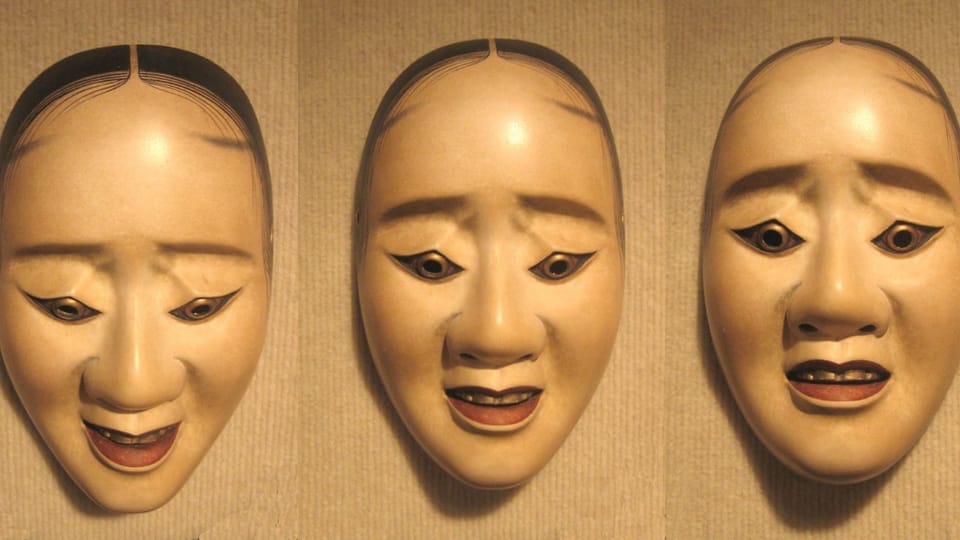Samurai Influence on Japanese Art: Ikebana, Calligraphy, and Noh Theater

Alright, folks, let’s talk about the samurai. They’re not just about swords and honor codes, you know? Their influence goes way beyond the battlefield, diving deep into the arts and culture of Japan. We’re talking about Ikebana, Calligraphy, and Noh Theater. Each art form reflects the samurai’s values of harmony, discipline, and spiritual depth. So, buckle up and let’s take a ride through how these warriors shaped some of Japan’s most iconic arts.
Ikebana: The Art of Flower Arranging
Ikebana isn’t just plopping flowers in a vase; it’s a disciplined art form rooted in harmony, balance, and simplicity. Originating from Buddhist rituals, it evolved into something the samurai got their hands on during the Muromachi period (1336-1573). These guys weren’t just swinging swords but also patrons of the arts. The meditative nature of Ikebana resonated with their lifestyle, reflecting their appreciation for simplicity and the fleeting beauty of life.
The samurai saw Ikebana as way more than just flower arranging. For them, it was pure expression and meditation. That minimalist style? It was all about strategic thinking, using just the right amount of elements to craft space and tranquility. Just like in a fight, where every move counts, in Ikebana, every stem and leaf has a purpose. It’s all about the perfect balance between action and stillness.
Every element in an Ikebana arrangement carries symbolic meaning. For the samurai, this extended to their worldview. Each flower, branch, and leaf had a purpose, mirroring their belief that every action in life had meaning. Ikebana became a way for samurai to express philosophical and spiritual insights, making it an art form that transcended mere aesthetics.
Calligraphy: The Art of Beautiful Writing
Calligraphy, or Shodō, is all about turning Japanese characters into an art form. It’s a practice that requires intense concentration, discipline, and mastery — qualities that the samurai had in spades.
Every brushstroke in calligraphy? It's like a samurai’s martial arts move — deliberate, controlled, and precise. The way that brush flows and the ink dances on the paper? It’s pure Zen, man. Simplicity, naturalness, and spontaneity, all rolled into one. The samurai dug these qualities big time, and it shows in how they embraced and mastered calligraphy.
For the samurai, calligraphy was a way to express their inner state and identity. The style and fluidity of their writing could convey their character, emotions, and even their philosophical outlook. It was more than just writing; it was a way for samurai to communicate their ideals and maintain a connection to their cultural heritage.
Noh Theater: The Classical Japanese Drama
Noh theater is one of Japan’s oldest performing arts. It combines drama, music, and dance into a highly stylized form of storytelling. It’s known for its minimalist aesthetic, slow movements, and deep spiritual themes.
Noh hit its stride during the Muromachi period, all thanks to the samurai backing it up. Shogun Ashikaga Yoshimitsu and his crew of samurai big shots threw their support behind Noh, digging how it could spin deep, emotional, and philosophical tales. The whole vibe of honor, duty, and the fleeting nature of life in Noh plays? That stuff hit the samurai right in the feels.
The samurai’s stamp on Noh? It’s all about simplicity, subtlety, and restraint. Pure Zen Buddhist vibes, just like the samurai. Those masks in Noh? They make actors get all minimalist with their emotions, just like samurai keeping it cool and composed. It’s about showing inner strength without all the flash.
Alright, dig this. Noh plays dive deep into the core of samurai values — loyalty, sacrifice, and the fleeting nature of life. They throw down stories of warriors, epic historical moments, and supernatural vibes, giving samurai a stage to ponder their lives and the big cosmic picture. These plays? They weren’t just entertainment; they were a badass reminder of the samurai code and their quest for a life that truly matters.
The Enduring Legacy of Samurai Influence
The samurai’s influence on Japanese art? It’s not just about Ikebana, Calligraphy, and Noh Theater. These warriors helped preserve and elevate these art forms, making sure they got passed down through the ages. Samurai values and aesthetics? They’re still alive and kicking, shaping these arts and keeping them fresh and captivating in modern Japan. The samurai didn’t just make history; they made sure their legacy would keep on rocking.
Samurai values mixed with these art forms show just how smoothly martial and artistic disciplines mesh in Japanese culture. This fusion? It’s like the perfect cocktail, creating a one-of-a-kind cultural identity where the warrior's path and the artist's journey walk hand in hand.
The samurai legacy? It’s still kicking strong today with Ikebana, Calligraphy, and Noh Theater. The folks practicing these arts? They’ve got the discipline, mindfulness, and philosophical depth straight outta the samurai playbook. The magic of these art forms? They’re timeless, man. They dish out universal truths and pure aesthetic beauty that just hits you right in the soul.
Samurai culture didn’t just stay in Japan; it exploded onto the international scene. Ikebana, Calligraphy, and Noh Theater? They’ve captivated audiences around the globe, putting the profound and lasting impact of samurai aesthetics and philosophy on full display. These art forms are like cultural ambassadors, spreading the gospel of Japan’s rich artistic heritage and making people everywhere appreciate the deep, intricate beauty of it all.
The samurai’s influence on Japanese art? It’s a big deal, showcasing their legacy in full. They didn’t just swing swords; they elevated Ikebana, Calligraphy, and Noh Theater, injecting them with discipline, harmony, and spiritual depth. These arts, still captivating us today, scream the timeless relevance of the samurai ethos. When we dive into and appreciate these art forms, we’re not just enjoying beauty; we’re tipping our hats to the samurai and their epic contributions to Japan’s cultural and artistic scene.
